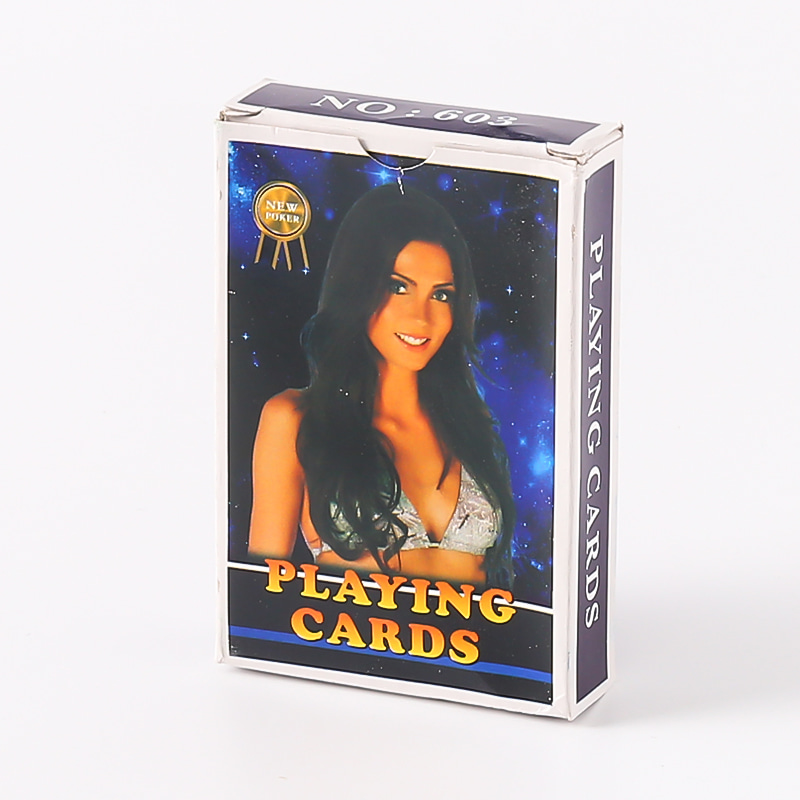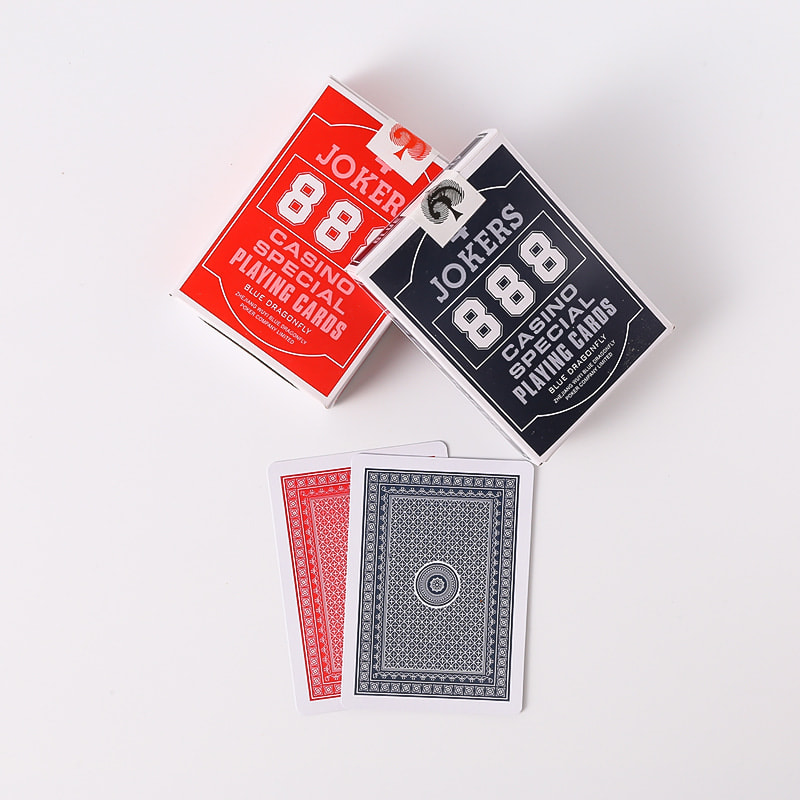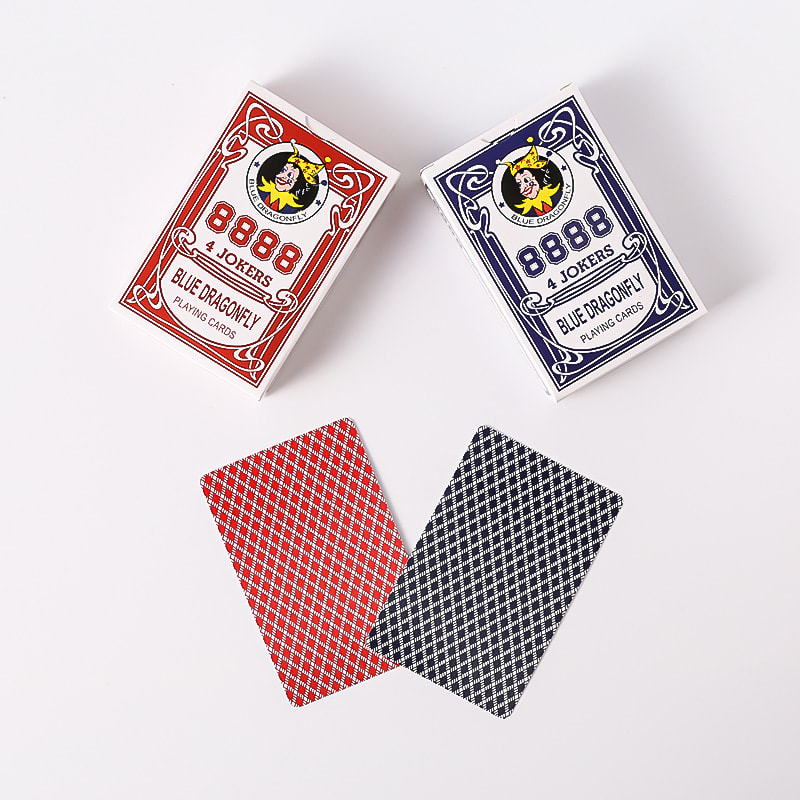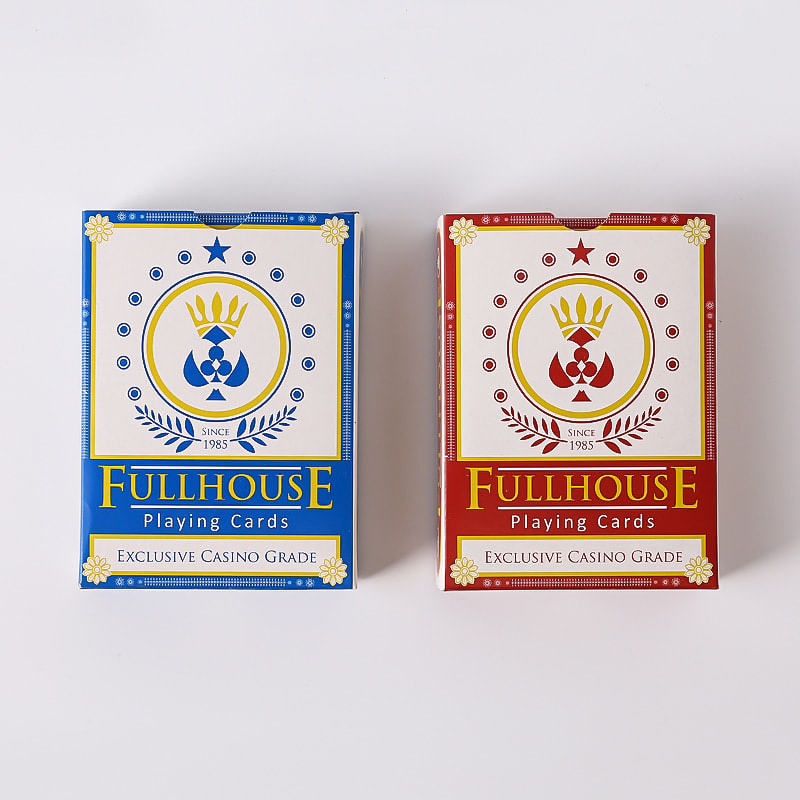Web Menu
Product Search
Exit Menu
How Playing Cards Making Machine Adapts to Various Paper Thicknesses and Materials
The Need for Material Flexibility in Modern Card Production
In today’s highly customized playing card market, manufacturers produce decks for diverse applications—from casino-grade cards to promotional game decks and educational tools. These variations often require different paper stocks, coatings, and even synthetic materials like plastic or PVC. To meet this demand efficiently, a Playing Cards Making Machine must offer adaptable features that allow it to process a wide range of paper thicknesses and material types without compromising quality or productivity.
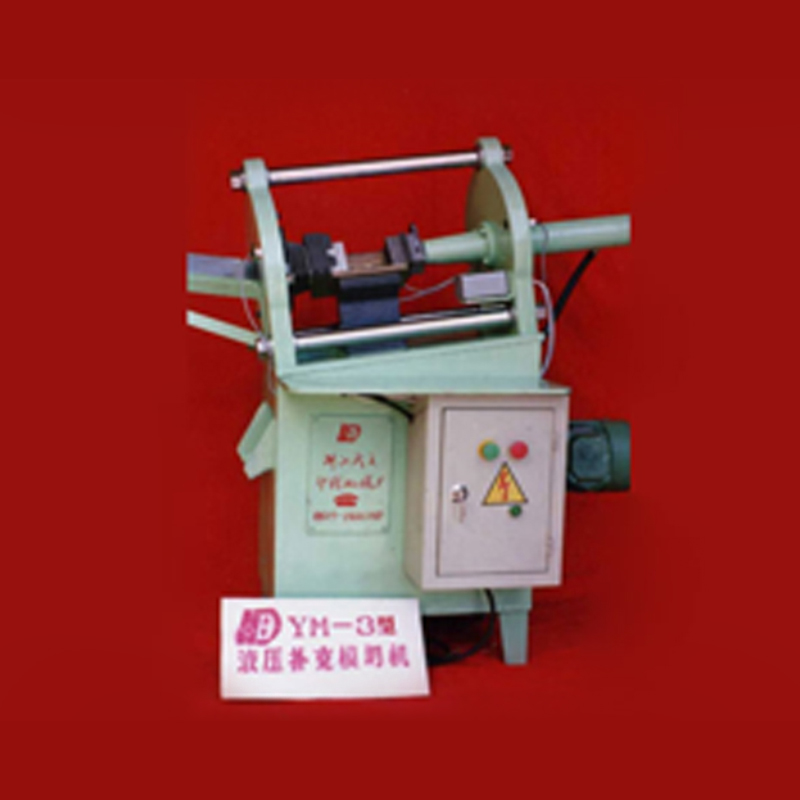
Adjustable Feeding and Transport Mechanisms
One of the core components that enables material flexibility is the machine’s feeding system. High-performance playing card machines are equipped with adjustable feed rollers and pressure settings that can accommodate both thin paper sheets (as light as 200 gsm) and thick cardstock or laminated boards (up to 400 gsm or more). Operators can fine-tune the roller gap and feeding tension to match the thickness of the material, ensuring consistent alignment and smooth transport through the production line. Vacuum-assisted feeders may also be used for handling slippery or static-prone surfaces like plastic.
Sensor-Assisted Thickness Detection
Modern systems often incorporate thickness sensors that automatically detect the type and density of the material being fed into the machine. These sensors allow the machine to adjust processing parameters such as print pressure, cutting force, and feeding speed. This reduces the risk of jams, misalignment, or surface damage and helps maintain print and cut precision across materials of varying rigidity. Automated calibration not only improves adaptability but also shortens the setup time between production runs involving different substrates.
Versatile Printing and Drying Configurations
Different materials absorb ink differently, and this affects printing consistency. Coated cards may require less ink, while absorbent or textured materials might demand slower printing speeds or modified drying conditions. A Playing Cards Making Machine that supports multiple ink types—such as water-based, UV, or solvent inks—ensures compatibility with diverse substrates. UV-curing units, infrared dryers, or heated rollers can be activated or adjusted depending on whether the paper stock or plastic surface requires rapid or gradual drying.
Precision Cutting with Variable Pressure Controls
Cutting and die-stamping are essential to shaping cards into their final dimensions. Thicker materials need deeper, more forceful cuts, while thinner sheets risk tearing if pressure is too high. To address this, many cutting systems feature variable pressure settings or interchangeable blades for different substrates. Hydraulic or servo-controlled cutting units ensure clean, consistent edges regardless of paper hardness or surface treatment. Some machines also include automatic corner-rounders that adjust their radius or blade height to suit the material being processed.
Lamination and Coating Compatibility
Another stage affected by material variation is lamination or surface coating. Thermal lamination, for example, may not adhere well to plastic-based cards without primer coatings or preheating. Sophisticated machines accommodate different finishes by offering temperature and pressure controls within the lamination unit. This ensures strong bonding on a variety of surfaces, including glossy, matte, textured, and synthetic types. Coating stations can also be configured to apply different protective layers depending on how absorbent or reactive the base material is.
Operator Interface and Recipe Storage
To streamline adaptation across different materials, many machines are equipped with a user-friendly control interface that allows operators to save and recall specific “recipes.” Each recipe stores suitable settings for paper type, thickness, ink volume, cutting depth, and lamination temperature. This makes switching between materials much faster and reduces the risk of manual errors.
Conclusion: Adaptability Ensures Competitive Advantage in Card Manufacturing
A Playing Cards Making Machine that offers multi-material adaptability provides a significant edge in today’s versatile and fast-paced printing environment. Through adjustable feeding systems, automated sensor calibration, versatile printing options, and precision cutting controls, these machines maintain consistent performance regardless of substrate type. This flexibility not only enhances production efficiency but also expands the range of creative possibilities for playing card manufacturers.




 English
English عربى
عربى


